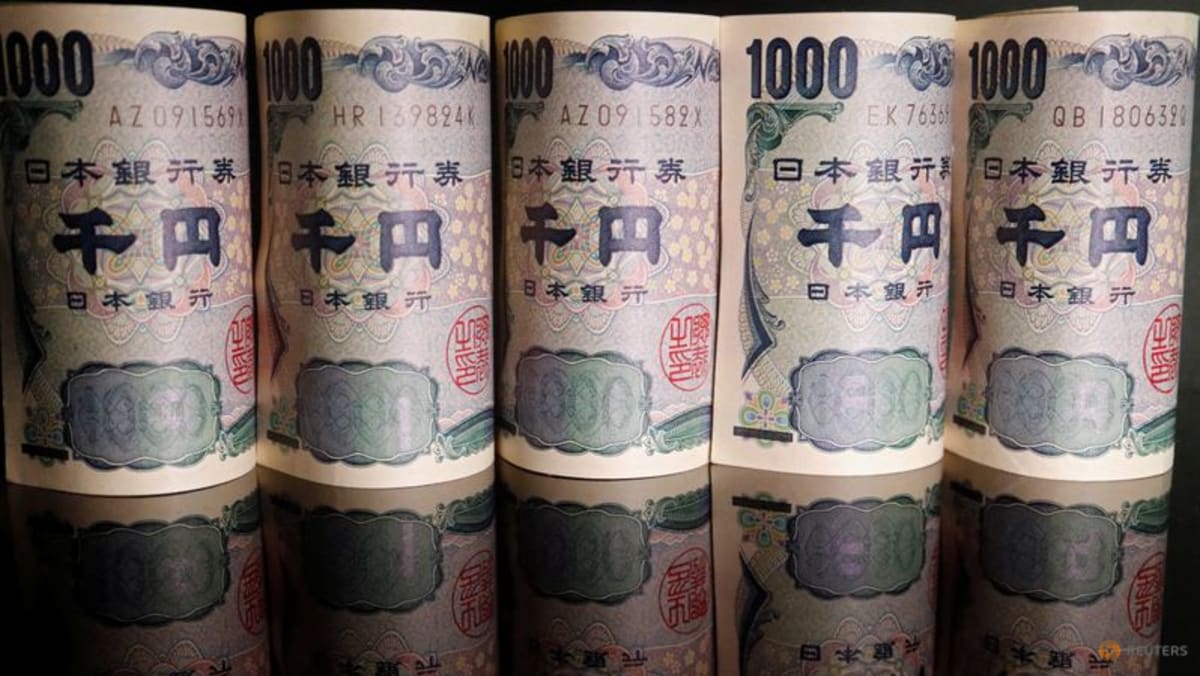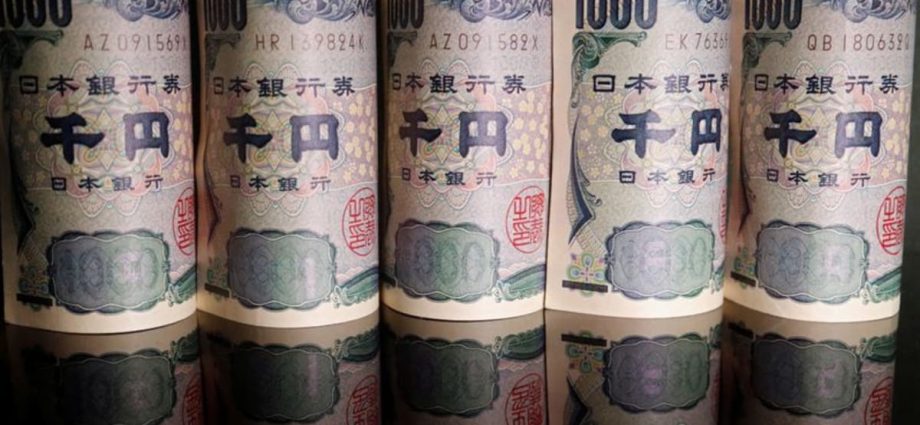
TOKYO: As the yen slid past 145 per dollar with barely a murmur from Japanese policymakers during recent days, suspicion grew that they won’t be as quick to order intervention as they were last year as they now reap some benefits from a weaker currency.
Surging exports helped economic growth hit 6 per cent on an annualised basis in the second quarter, and lower global oil prices have helped keep a lid on the import bill.
But a key factor behind the yen’s weakness is unchanged, namely the yawning yield gap with the United States. The Bank of Japan is taking baby steps away from its ultra-loose monetary policy, and there are increasing hopes that US rates may have peaked, but as of now, the bond market provides a good reason to sell yen.
Yet currency traders remain nervous about provoking intervention, as the yen entered the same zone that triggered heavy dollar selling by Japanese authorities in September and October of last year.
Finance Minister Shunichi Suzuki issued a reminder on Tuesday (Aug 15) against causing volatility in the exchange rate, as the yen struck a nine-and-a-half-month low of 145.60 in Asian trading.
Suzuki warned that rapid moves are “undesirable” and the government is “ready to respond appropriately”, while reiterating that no specific levels are targeted for intervention.
Officials had been a lot more vociferous in June when the yen weakened past 144, and their subdued response to the latest depreciation was interpreted by market participants as a sign that Tokyo will tolerate a bit more weakness so long as speculators didn’t push it too fast.
“The pain associated with the 145 to 150 level is less now for the economy, so I don’t think they’ll be quite as aggressive as they were last year,” said Aaron Hurd, a senior portfolio manager at State Street Global Advisors in Boston.
If the uptrend for the dollar-yen rate is gradual, intervention isn’t likely until “around 150 or a little bit above”, he said.
For now, traders are testing the waters by selling the yen against sterling and the Swiss franc, mindful that selling against the dollar could gather momentum quickly.

